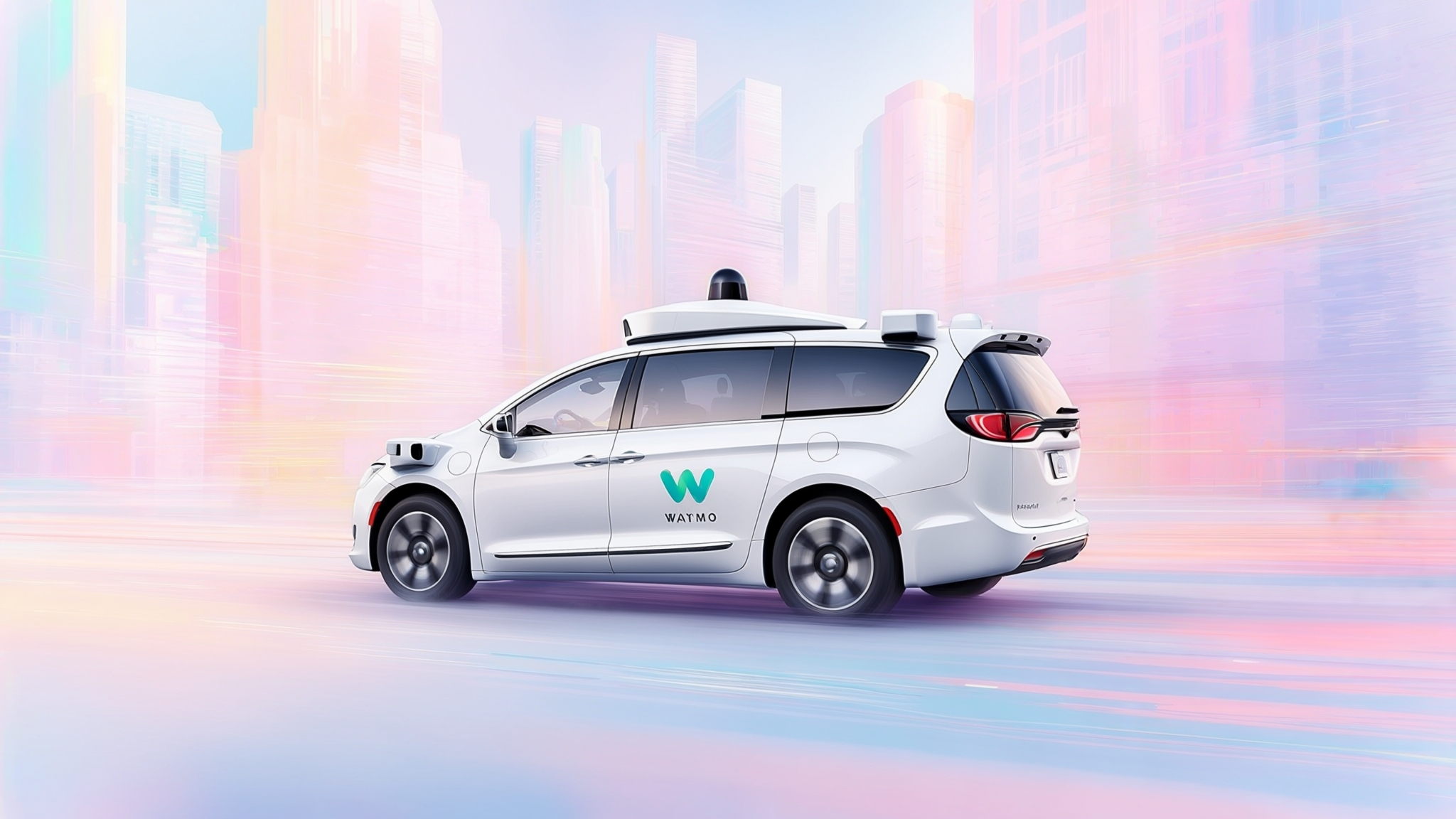Summary: Self-driving cars are revolutionizing road safety. Swiss Re’s analysis of 25.3 million autonomous miles driven by Waymo highlights a dramatic improvement, with a massive reduction in property damage claims and an even bigger reduction in bodily injury claims compared to human drivers. By leveraging Wright’s Law, Waymo’s learning curve enhances safety and paves the way for scalable technological growth in autonomous transportation.
A key barrier to trusting a self-driving car is the cost of insurance. Since insurance companies risk large financial losses in the event of an accident, premium rates tell you how safe something is.
Swiss Re, one of the world’s leading reinsurers, analyzed liability claims related to collisions from 25.3 million fully autonomous miles driven by Waymo. They found that the Waymo driver demonstrated better safety performance than human-driven vehicles, with an 88 percent reduction in property damage claims and a 92 percent reduction in bodily injury claims.
The growth in autonomous driving safety can be measured as the inverse of the decrease in the number of claims. From this perspective, Waymo drivers are 10.4 times safer – 8.33 times safer in terms of property damage, and 12.5 times safer in terms of bodily injury. Since 2009, their safety factor has grown at a compound annual rate of 16.9 percent. At this rate, safety doubles roughly every five years.
Waymo began in 2009 as the Google Self-Driving Car Project, launching its first prototype—a modified Toyota Prius. In 2015, it debuted the Firefly, the first vehicle capable of fully autonomous public road rides. By 2017, Waymo was operating an autonomous ride-hailing service in Phoenix, adding minivans in 2018. It expanded to San Francisco in 2021 and Los Angeles in 2023, transitioning to an all-electric fleet featuring the Jaguar I-PACE. Future expansion plans include Austin, Atlanta, Miami, and Tokyo.
Lots of people have heard of Moore’s Law, but it’s Wright’s Law that explains innovation. While Moore’s Law explains technological progress as a function of time, Wright’s Law emphasizes experience, capturing the idea that learning happens by doing. Every time you make another unit of a product, it is an opportunity to learn something.
Waymo is on an exponential learning curve, with every mile driven adding to its knowledge base. It’s been observed across various industries that every doubling of output corresponds to a 20–30 percent reduction in unit costs. This sets up a virtuous cycle of wealth creation via knowledge discovery and sharing. This cycle—“making more, learning more, lowering prices, selling more, and making more”—has driven some of history’s greatest technological advancements.
As George Gilder observes, “Wealth is knowledge, and growth is learning.” Waymo exemplifies this principle, transforming insights from autonomous driving into safer roads and a scalable, innovative future. Now is the time to create and embrace learning curves. Waymo is leading the way—one mile at a time.
This article was published at Gale Winds on 1/7/2025.

